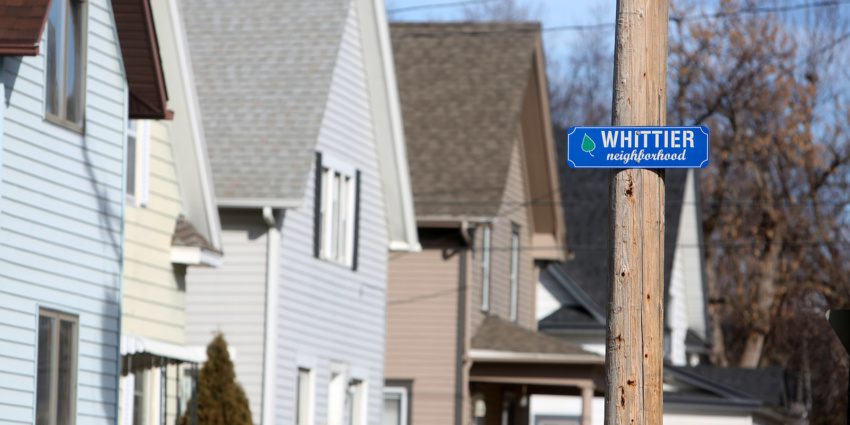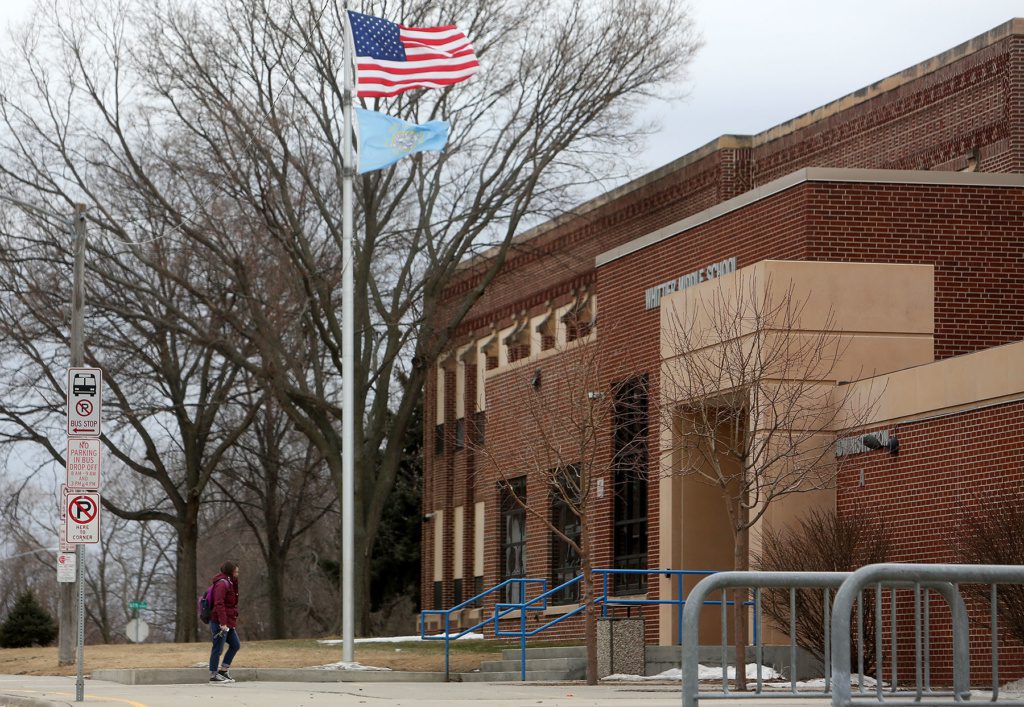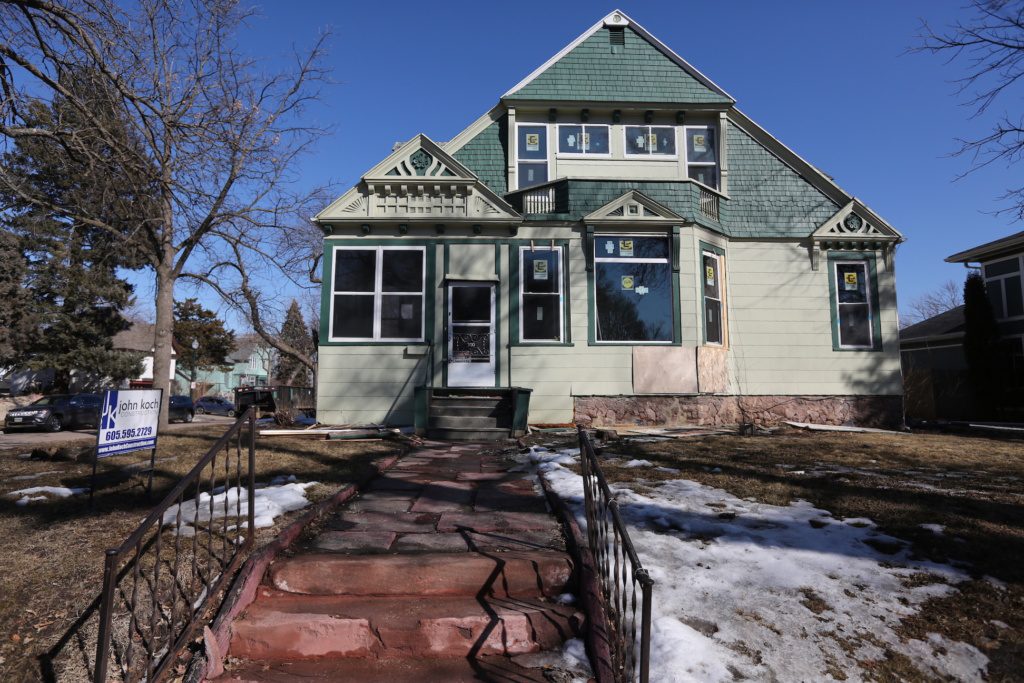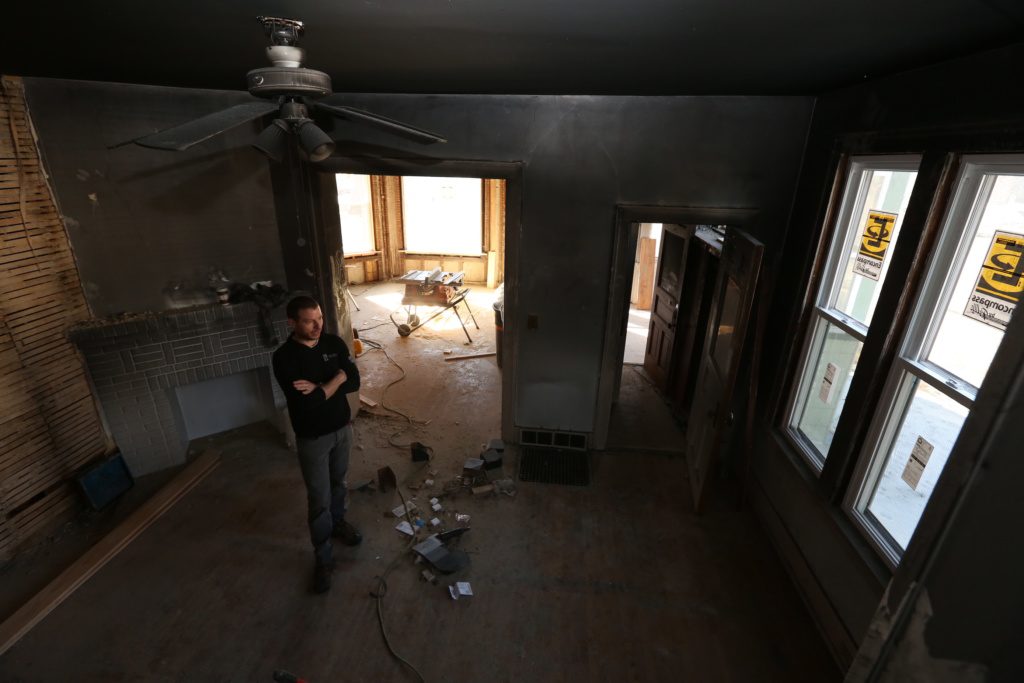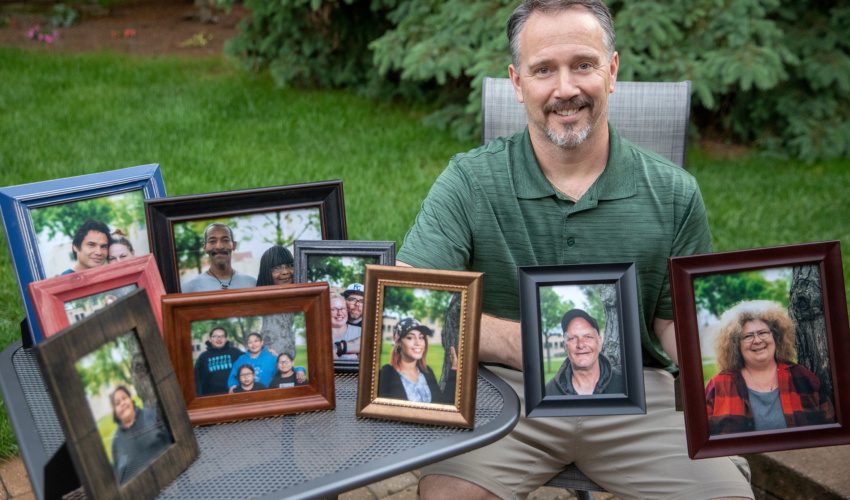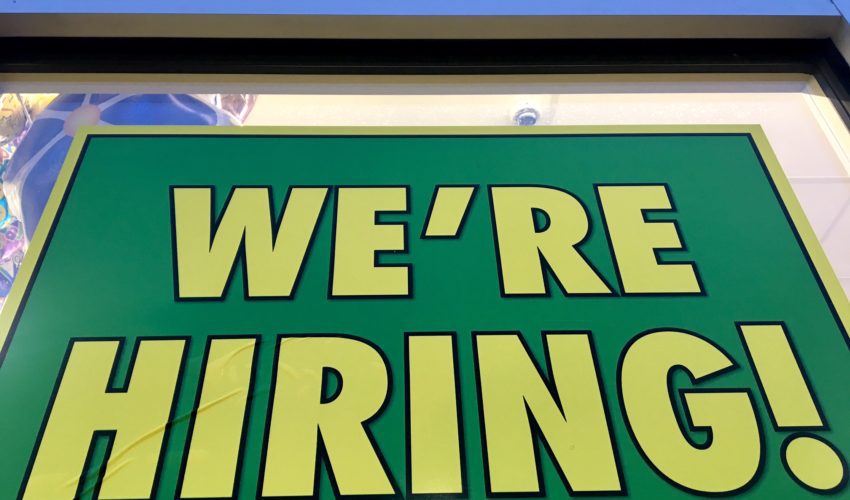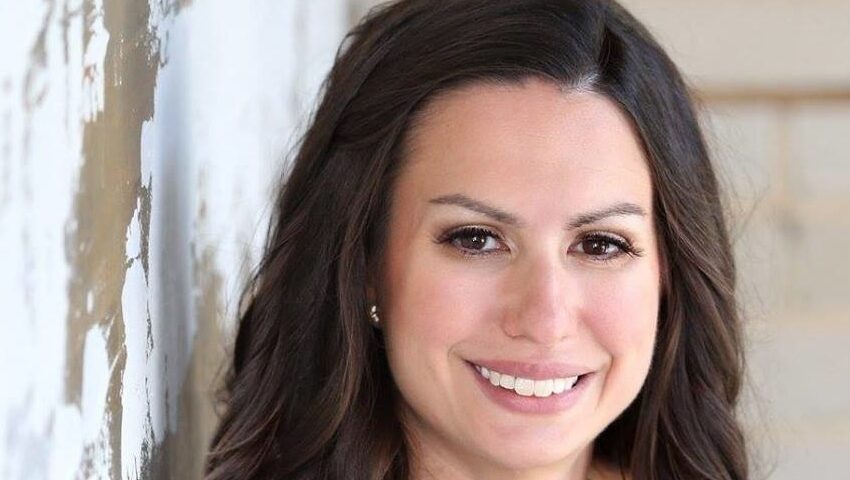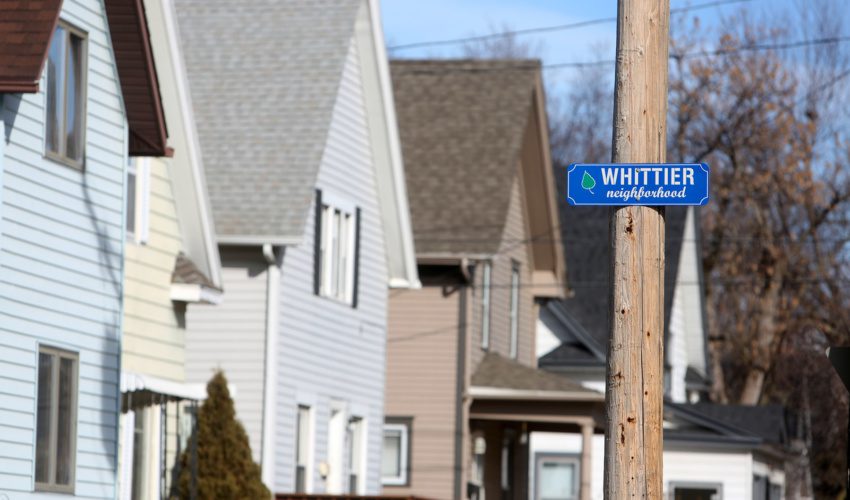Jodi’s Journal: The core issue for our next city leaders
March 18, 2018
When my former boss, Mayor Dave Munson, talks about what he sees for the future of Sioux Falls, I listen.
And lately, despite all the dialogue an upcoming city election generates, he really has wanted to talk about one topic: Whittier Middle School.
It is not an understatement to say that in Whittier’s future, he sees this city’s future.
And I think he’s right.
On March 26, the Sioux Falls School District will start a process to address its facility needs that ultimately will lead to a bond issue. Whittier, at 96 years old, will be a key part of that conversation.
It’s also a symbol of what I consider the most significant issue facing our incoming city leaders: Our core neighborhoods.
Last week, many of you responded positively when I said our next mayor and City Council must embrace regionalization, leading efforts to ensure we’re developing cohesively and collaboratively as one region.
But just as importantly, if not more, we must place a renewed focus on our core.
Neighborhoods are anchored by schools. As the Sioux Falls School District goes, so goes much of the city of Sioux Falls. If people begin opting to move so that their children can attend school outside of the district, we are in for a cascade of challenges.
So while the district’s superintendent, Brian Maher, and I didn’t know each other before this week, he was my first call when I decided to tackle the topic of our core neighborhoods.
It probably wasn’t five minutes into our conversation when Whittier came up. He didn’t know how I felt about it at that point.
“I wonder how much money we continue to pour into that building,” he began. “But I never wonder whether or not we need that building there. We need a middle school in the core of our community. And I don’t know if there’s a better place than right where Whittier exists. I would not be an advocate for taking that middle school and moving it somewhere else.”
I wonder if I looked as relieved as I felt.
That school, and others such as Hawthorne Elementary and Cleveland Elementary, are so critical to the stability and vitality of our neighborhoods that we not only need to preserve their locations but do more to support them. Ultimately, Maher is quick to point out decisions about new buildings and repairs will be up to the community. But it’s reassuring to know the school district’s leader recognizes that “we need those buildings in those neighborhoods.”
The new mayor and council will take office just as a task force evaluating the school district’s building needs is wrapping up and recommendations are being delivered to the school board. Those newly elected leaders must become engaged in this process. There must be ongoing communication and collaboration between the city’s elected officials and staff and their counterparts at the school district. We, as a business community, can do more too.
“We have a number of nonschool organizations reaching out to support schools,” Maher said. “Some are faith-based and some are business-based, but we have really nice partnerships where they’re taking on a quasi-PTO role to support what goes on in the building.”
As an aside: Whoever the new mayor is should consider leveraging the city’s 1,200-some employees to forge similar partnerships.
The timing for the school district, and for us as a community, is critical. The Sioux Falls School District remains a net importer of students through open enrollment by about 600 kids. But that number is narrowing. We need to ensure, as a community, that it remains desirable to send kids to school in the Sioux Falls district.
“We have to make sure the programming in the schools is what people want,” Maher said. “People still come to the core of the community to work, and I want them to drop their kids off on their way.”
Ideally, they’d also want to live close to where they work. And their kids – at least at a young age – would walk to school.
We’re seeing signs this is possible, and our next city leaders must do more to foster it.
This week, I asked builder John Koch for a tour of his latest project.
It’s the former home of architect Wallace Dow at 15th Street and First Avenue in the All Saints neighborhood. Its most recent owner decided to sell to Koch after he restored another historic home across the street.
He and his team at John Koch Construction will spend the next several months –maybe the rest of the year, he concluded, as we walked through it — restoring the home into four rental units. He estimates he has done 100 similar projects in the past 17 years, mostly in core neighborhoods like All Saints, McKennan and Cathedral.
“These neighborhoods have gone from stale to being hip,” he said. “And now you’re seeing millennials getting young professional jobs, coming from bigger cities, who want to be close to downtown.”
That’s a direct result of the public and private investments and partnerships that have occurred downtown in the past two decades.
“What else could the city do to support more activity like you’re doing?” I asked Koch.
He suggested expanding SculptureWalk from downtown into core neighborhoods, giving people a reason to walk and discover places like Cathedral and All Saints.
He mentioned he had spent two weeks working on an application for a $25,000 Deadwood historic preservation grant, rounding up multiple recommendation letters only to be turned down based on his “long-term preservation plan.”
Our city budget is tight, but I think we could find $25,000 annually to support additional core neighborhood revitalization.
“Just keeping these older core neighborhoods well-lit at night is key. That’s what we try to do with all our properties,” he said.
I would add to that we must keep roads in core neighborhoods well maintained, look for opportunities to enhance green space and provide seed money to neighborhood associations that have shown they’re willing to invest time and sweat equity, further leveraging city dollars.
The good news is, our new city leaders are starting with an encouraging foundation. This week, five core neighborhoods, plus downtown, are holding a forum for mayoral candidates. That’s a show of strength and unity that didn’t exist even a few years ago.
“The core neighborhood groups have really come together in several instances in the last five or so years,” said Katrina Lehr-McKinney, who leads the All Saints Neighborhood Association and helped organize the forum.
“We got together because we were talking about walkability and safety issues in our neighborhoods … and we’re just trying to further those efforts.”
Bigger picture, her concerns illustrate the delicate balance of reinvesting in the core.
“We have a very diverse neighborhood socioeconomically, and we like it that way,” she said. “We’re concerned that people are going to be trying to acquire properties and either raze them and build something new that doesn’t fit into the aesthetic of the neighborhood or that prices people out of the neighborhood.”
While the issue of core neighborhoods takes a lot of forms, the overriding theme is this:
Sioux Falls has an opportunity to learn from the fate of countless other metro areas that have steadily grown outward to the detriment of their older neighborhoods and ultimately the entire community. Decisions and investments made today have consequences or payoffs that will be significant. It’s critical to not lose sight of that.

